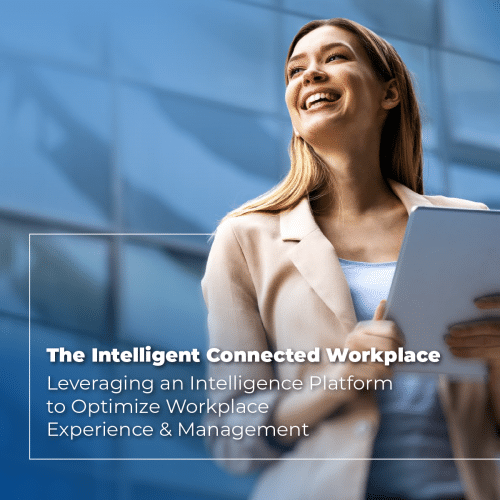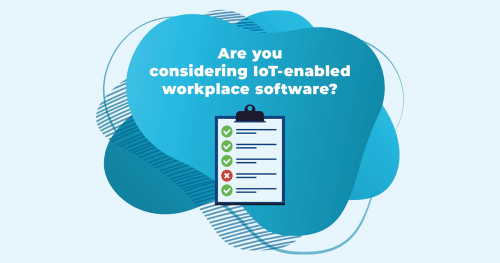As discussed in an earlier post about different types of IoT use cases in commercial buildings, one of the most popular scenarios is workplace occupancy monitoring and analysis. For good reasons. Many organizations waste as much as half their space. In other words, their savings potential is huge. European businesses could save $243 billion by reducing wasted space in office buildings, according to a World Green Building study. Globally, businesses could even realize savings of up to $1.5 trillion if workspaces were optimized. Other sources suggest that on average in North America, desks and offices sit unused about two-thirds of the time. And a Herman Miller space utilization study found that assigned private offices are unoccupied 77 percent of the workday, on average.
The pandemic hitting, those numbers certainly did not improve, quite the opposite. Because of the surge in WFH, occupancy rates have plummeted. And everything indicates that office occupancy will remain lower and less predictable post-pandemic. Not surprising then that many companies consider or are in the process of moving from assigned seating to more agile workplace concepts, with flexible seating arrangements, hoteling or hot-desking. Early adopters such as AXA were able to reduce desk-to-employee ratios and use space more efficiently well before COVID-19 arrived. (Check out the AXA smart workplace case here.) After the pandemic, agile working concepts, supported by digital technology to assist employees, will likely become more prevalent.

Workplace occupancy monitoring: a cornerstone of the modern office
Reducing vacancy must not happen at the expense of the employee experience. A smart approach starts with measuring evolving building utilization. This allows gaining insights to not only resize the footprint (aka square footage) but also improve the space configuration. Heads of real estate need to be able to make informed portfolio decisions, with confidence. This requires detailed and highly accurate information – not partial data and sporadic feedback that may lead to the wrong conclusions. That’s where the IoT comes in. Sensors are much better than humans in systematically – and anonymously – capturing and mapping occupancy data.
Sensor options range from basic motion sensors that tell you when a space, desk, or seat is occupied to more sophisticated headcount sensors that you mount on the ceiling and that can really tell you how many people are in a specific space and where they are. This data is processed, securely stored in the cloud, and analyzed. And, most importantly, visualized on floor plans and dashboards that provide a detailed view of how office buildings are used throughout the day.

Non-intrusive workplace occupancy monitoring
It’s important to note that IoT sensors provide accurate occupancy tracking data without infringing on people’s right to privacy. A sensor knows whether a seat is occupied or not occupied; it doesn’t know who is in the seat. A smart solution such as Spacewell Workplace Analytics processes occupancy data to optimize the work environment, not to keep tabs on people’s activities. We believe that responsible use of the IoT – and the insights derived from it – is critical in realizing the full potential of our workplaces.
A huge opportunity ahead
The pandemic has disrupted how and where we work. In the context of hybrid work, many businesses may end up paying for office space they no longer need. A recent CBRE survey found that 80% of occupiers expect to reduce their office footprint over the next 3-5 years. A tool like Spacewell’s Opportunity Simulator dashboard helps commercial real estate teams and workplace leaders to benchmark their space performance, run different space optimization scenarios and calculate savings.

Please don’t hesitate to contact us. Together, we’ll explore how data-informed office space management could benefit your business.











